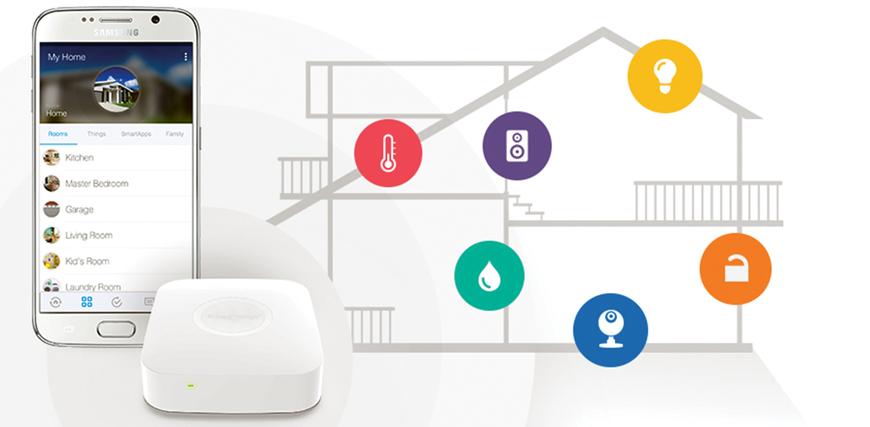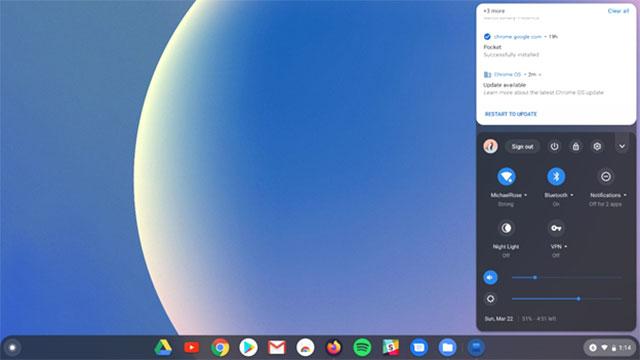You are here
Connected cameras
By Jean-Claude Elias - Dec 18,2014 - Last updated at Dec 18,2014
You don’t necessarily have to go to extremes with a camera like the Nixie to enjoy the advantages of connected objects, cameras for that matter. There are countless, less science-fictional but nevertheless amazing applications of the technology.
Besides, Nixie, the wearable camera that takes off your wrist and flies like a drone to take the most incredible motion selfies you can imagine, is still in the “early development” phase, as the device’s dedicated website says. For now you can just enjoy the demo video. But who knows, you may find it available to buy online sooner than you think.
Computers and computer-related devices aside, of all the other objects that may be connected (to the web) cameras are those that make most sense. From truly useful to just entertaining, the applications are many.
The “connected” craze has extended to outrageous, totally useless, ridiculous objects. From the cup that knows what you are drinking and that computes how much you drank over a certain period of time, to the connected pill bottle that monitors if you’re taking your medicine as prescribed and would eventually send a notification to your attending physician, the list is long.
Connected cameras are nothing like. To start with, all cameras in smartphones are connected cameras, understandably, and that is not something to be taking lightly. Especially with the quality image they can deliver and the fast Internet link that is built-in, be it through Wi-Fi, 3G or 4G. But there is much more to the phenomenon.
Connected surveillance cameras are the trend and are seeing their usage being extended from the work place to home and even to cars. Today cameras can be connected directly, independently of any tethered device like a smartphone for example. IP cameras can take stills and video and send the digital contents directly over the web to any other connected device, in live streaming.
An IP camera has, as the name implies, an IP (Internet Protocol) address number that uniquely identifies it on the network and that turns it into a web “point” on its own, like any computer, smartphone or big size computer server. Some models connect to the network via standard Cat5/6 Ethernet cable whereas others go wirelessly through Wi-Fi. The latter type, of course, is more expensive. Depending on the resolution and the features, wired IP cameras sell in Jordan between as little as JD20, and up to JD200. Wireless IP models start at around JD100 and can go up to JD600.
One of the latest applications is going automotive and addresses drivers’ security concerns. Just stick a little camera inside your car, behind the rearview mirror, pointing towards the road ahead. It will be constantly recording what’s going on, and in case of accident the recording can serve to prove what happened. The footage can be erased the next day if no accident or incident took place.
This is particularly useful to protect drivers from “scam” accidents, where for instance, pedestrians fake being hit by the car to claim compensation or plainly to blackmail the driver. This phenomenon is growing in many countries in the world. Connectivity here plays a crucial role, for whatever is being recording while you are driving is sent online to be stored on a device kept at home or in your office, and not in the car itself where it could be destroyed in case of extremely violent crash, or simply stolen to deprive you from the tangible proof you got.
We will probably keep seeing new connected devices appear on the market all the time. And time is what will naturally separate the useful from the ridiculous.
Related Articles
LAS VEGAS — The battle to be at the centre of your digital life has taken on a new dimension amid a proliferation of connected devices.After
Even if you are not an Information Technology (IT) professional or expert, you know that what makes your smartphone, tablet, laptop or deskt
The readers of this column will forgive me if they find the title of this week’s article somewhat obvious.

















